Fossilised Birds, Ammonites and Giant Marine Reptiles
A team of international scientists including researchers from the University of Queensland and the Carnegie Museum of Natural History, have been showing off their vast collection of fossils after a very successful expedition to Antarctica earlier this year. The fossils, estimated to weigh over 1,000 lbs, provide evidence of life in a shallow sea close to land some 71 million-years-ago (Late Cretaceous).
Late Cretaceous Fossils
The specimens were collected from James Ross Island, a forty mile long island on the south-eastern side of the Antarctic peninsula, a long finger of land that points towards South America, although the island itself is more than six hundred miles from the Chilean mainland.
Some of the Fossils Found During the Two-Month Long Antarctic Expedition
Picture credit: University of Queensland
Fossils Found in Nodules (Concretions)
The picture above shows a number of split nodules that contain invertebrate fossils of various kinds including a number of ammonite specimens. The geological hammer, probably the one used to split the nodules provides scale. Over two hundred different fossils have been collected by the scientists.
An Illustration of a Typical Ammonite
To view replica ammonites and other models of prehistoric creatures: CollectA Age of Dinosaurs Popular Range.
Marine Reptiles and Dinosaurs
One of the main objectives of the research team over the two month period of the expedition (February to March) was to search for vertebrate fossils to provide information on the marine and terrestrial fauna that existed in this part of Gondwana towards the end of the Cretaceous.
Giant shark vertebrae the size of saucers, as well as plesiosaur and mosasaur remains along with bird fossils were discovered, these fossils along with the other specimens are currently being stored in Chile prior to onward transport to the Carnegie Museum of Natural History (Pittsburgh, Pennsylvania) for preparation and study. It is likely that a number of new species will be identified.
Palaeontologists Working on a Plesiosaur Shoulder Girdle
Picture credit: Dr Matthew Lamanna (Carnegie Museum of Natural History)
The picture above shows graduate student Abby West (American Museum of Natural History) working alongside Dr Steve Salisbury (University of Queensland) and marine technician Julia Carlton as they carefully prepare the shoulder girdle of a plesiosaur for extraction by helicopter. The location of the fossil sites are so inaccessible that they only way such large specimens could be removed was by helicopter.
The choppers used to support the field team were called “raptors” – very Jurassic Park as one expedition member quipped.
The photograph was taken by Dr Lamanna (Assistant Curator of Vertebrate Palaeontology), an expert on the terrestrial fauna of Gondwana, a few days ago, Everything Dinosaur reported on the naming of a new giant titanosaur from Argentina that had been named based on the extensive study of a beautifully preserved skull and neck elements that had been found some years before (Sarmientosaurus musacchioi).
To read more about this story: Late Cretaceous Titanosaur from Patagonia.
Identifying New Fossil Sites
The scientists are part of an international Antarctic research project – Antarctic Peninsula Paleontology Project (forgive the Americanised spelling), or AP3 for short. Consisting of specialists in vertebrate palaeontology and geology, the team heralds from universities and museums from the United States, Australia, South Africa, Chile and the UK.
Located a gruelling six mile hike from the team’s base camp, the main fossil bearing beds are located on the steeply sloping south-western flank at Sandwich Bluff on Vega Island, which is located just a few thousand metres to the north-west of James Ross Island. Much of the strata exposed around James Ross Island dates from the very Late Cretaceous and from the very Early Palaeogene. A number of new fossil bearing sites have already been located including several plant remains beds and two previously undocumented Cretaceous exposures that were targeted for future field work.
The Late Antarctic Summer – Hiking Looking for Fossils
Picture credit: The Carnegie Museum of Natural History
The Antarctic – A Potential Treasure Trove of Fossils
The James Ross Island basin is one of the few parts of Antarctica where the snow and ice melts sufficiently to expose the rock strata below. The absence of soil helps with the exploration, although we tip our hard hats to the research team members who braved freezing temperatures, howling gales and sea sickness just to reach the fossil quarries. The specimens were excavated from the Upper Cretaceous Sandwich Bluff Member of the López de Bertodano Formation.
The beds here represent deposits in a shallow, marine environment with occasional occurrences of terrestrial material (particularly plant remains) that would have been washed into the sea from the nearby land. Dinosaur fossils were found, although fragmentary, the palaeontologists are confident that these fossils will help to extend our understanding of the Late Cretaceous dinosaur fauna of Antarctica.
Visit Everything Dinosaur’s website for models and replicas of Cretaceous animals: Everything Dinosaur.
Recovering Late Cretaceous Fossils – It’s a Tough Job!
Commenting on the research, Dr Salisbury explained:
“It’s a very hard place to work, but it’s an even harder place to get to. A lot of the bigger bones will need quite a bit of preparation before we can do much research on them. Working in Antarctica is tough!”
Fossilised remains of birds were also found, including early ducks dating from the end of the Cretaceous period.
It’s a Tough Job – Searching for Fossils in the James Ross Island Basin
Picture credit: Carnegie Museum of Natural History
Everything Dinosaur Pays Tribute
A spokesperson from Everything Dinosaur paid tribute to the research team and their supporters stating:
“The Antarctic provides vertebrate palaeontologists the opportunity to explore pristine fossil bearing environments without the risk of damage from vandals or illegal fossil hunters. This treasure trove of fossils, currently in Chile, will provide scientists with a great deal of data regarding the fauna and flora at what was a pivotal moment in the history of life on Earth.”
In the summer of 2015, Everything Dinosaur reported on the discovery of a plesiosaur, but this time from the other end of the world – the Arctic.
To read an article about this amazing fossil find: Elasmosaur Fossil from Alaska.


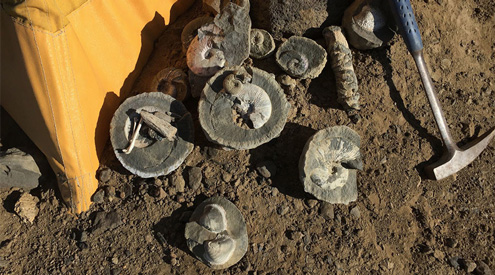
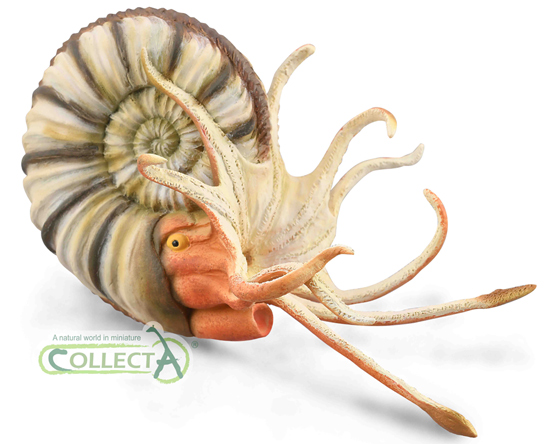
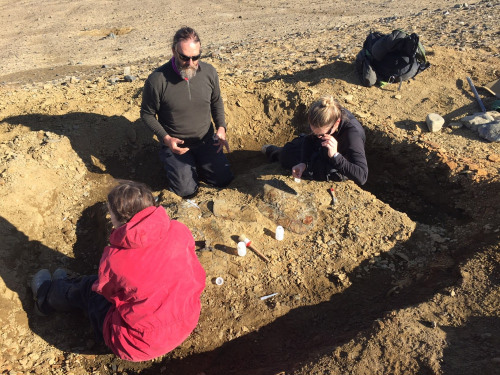
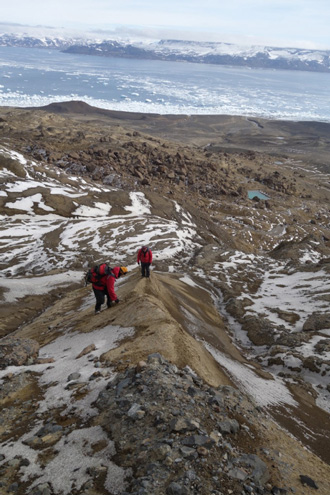
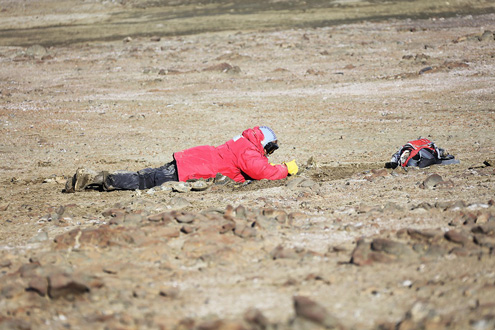




Leave A Comment